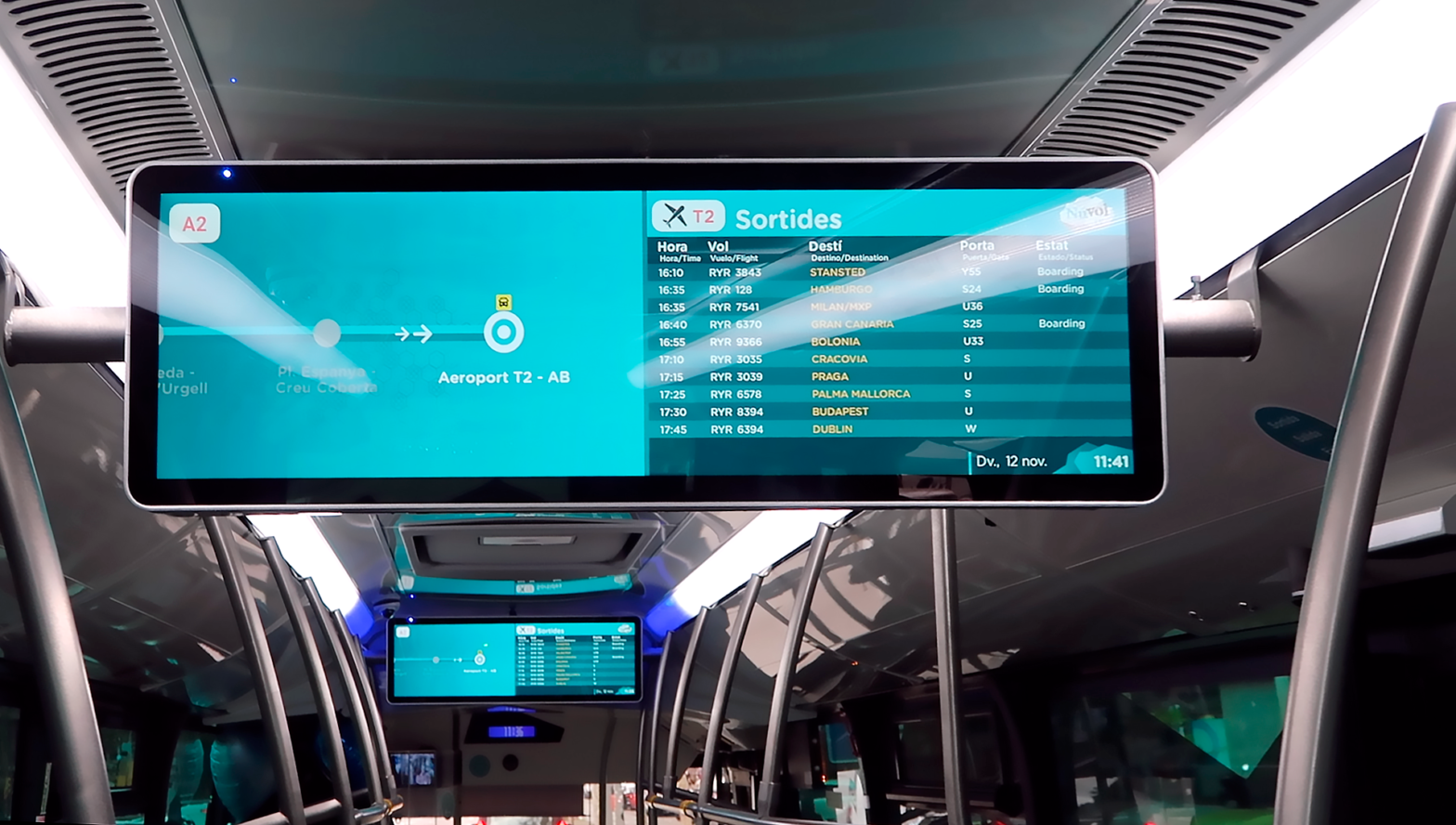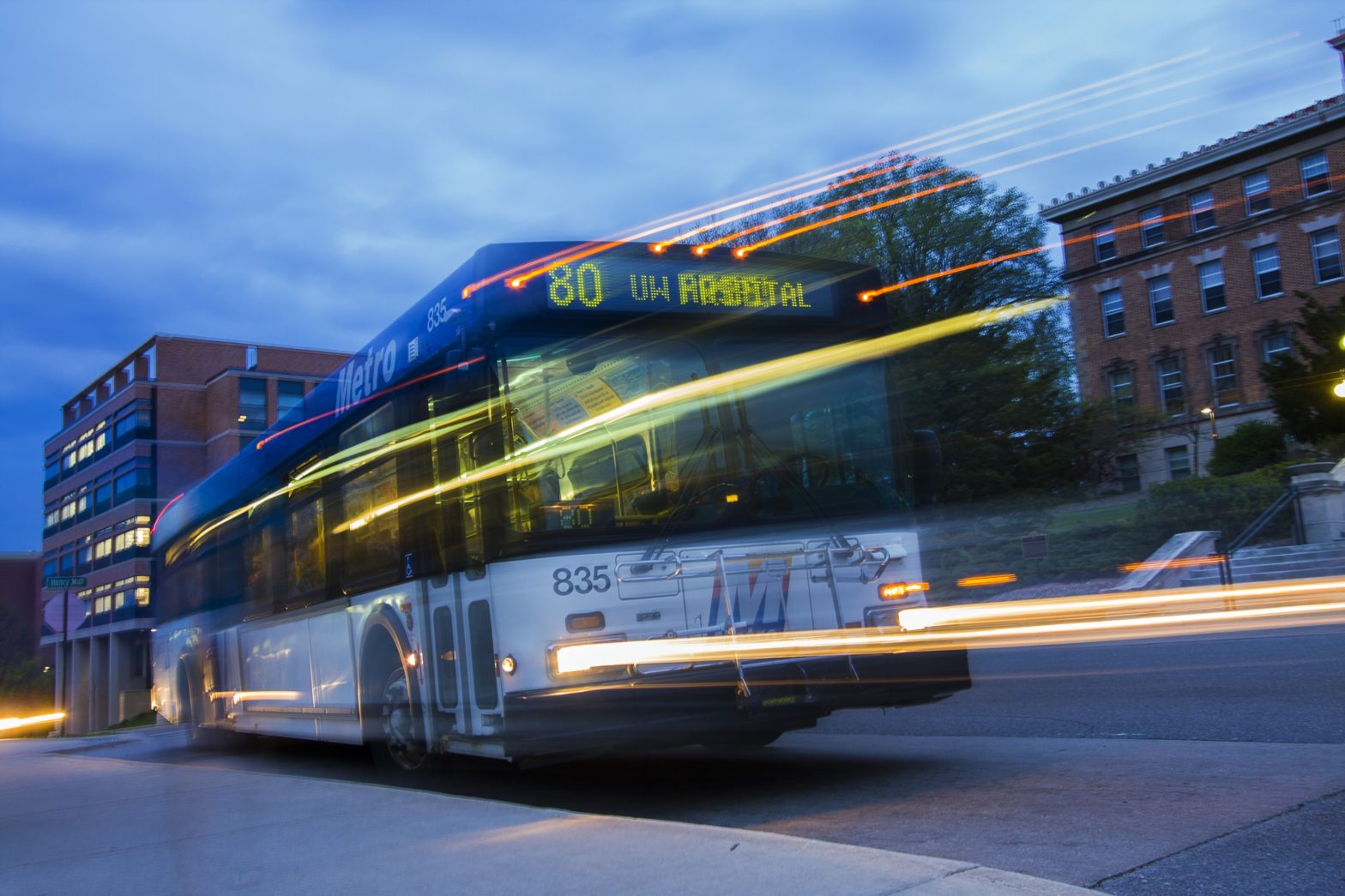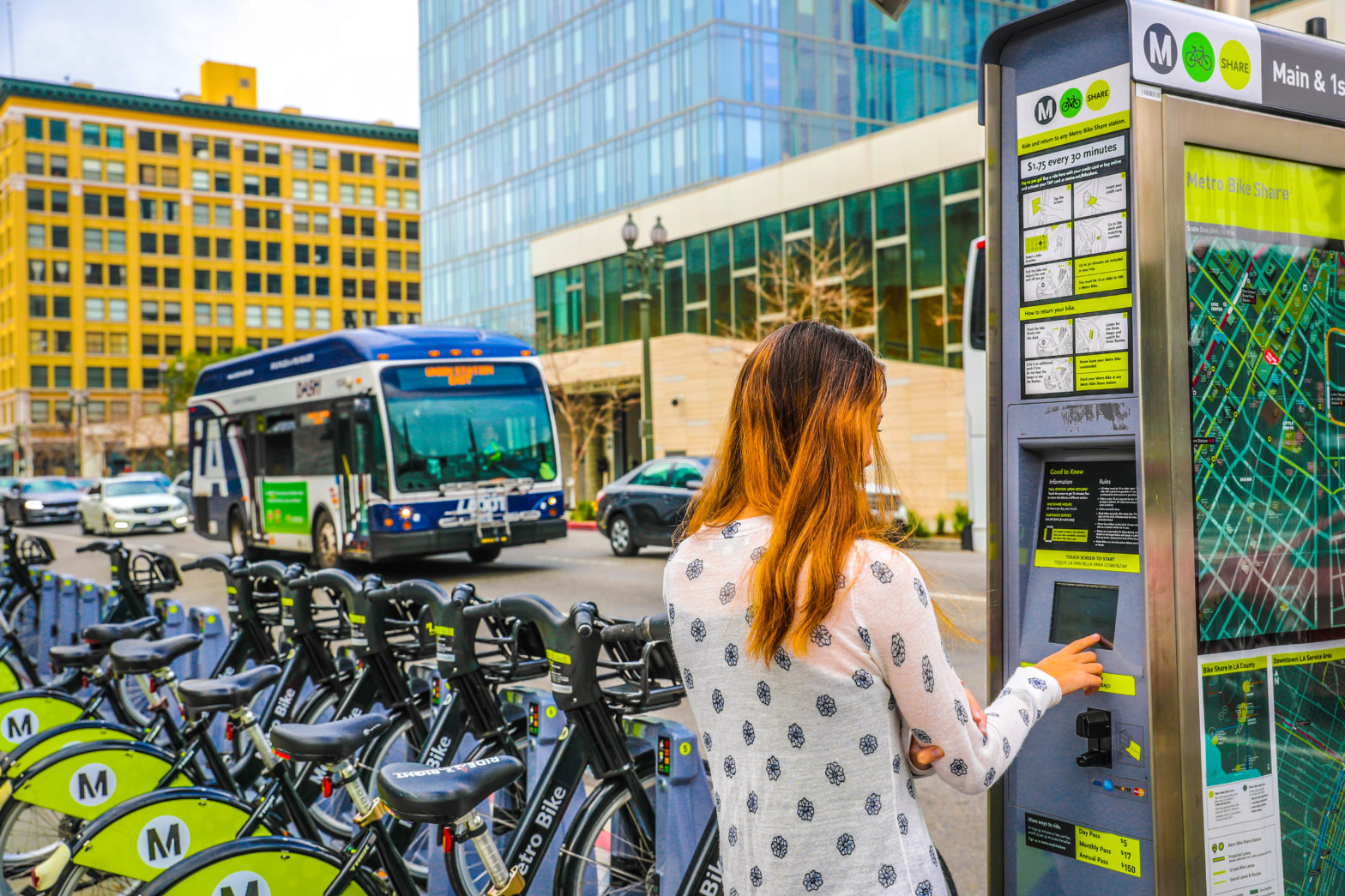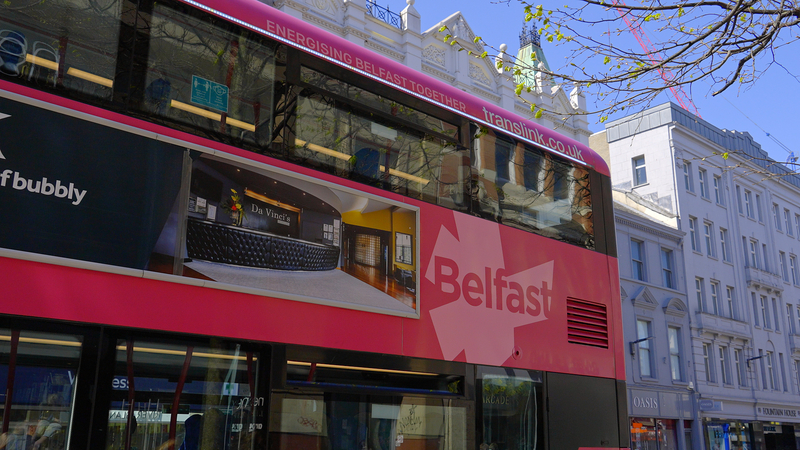
How Northern Ireland’s Translink gave back passenger confidence
10 April 2024
Phillip Woods, like many British and Irish graduates, packed up to go travelling for a year before beginning his career.
“I did what a lot of people do and I headed off to Australia,” he says. “I took a Working Holiday Visa, but whilst I was out there, I drove buses for a number of hostels around Queensland.”
From ferrying around exuberant backpackers in the early 2000s, Woods returned to Northern Ireland and applied to Translink’s Graduate Management Programme – the agency that runs buses and rail services in the north of the island. He was accepted and worked his way up to become Head of Bus Service Performance and Operations Control, the role he serves today.

Since 2006, he has been able to see first-hand how not only Northern Ireland has been transformed but also its bus and rail services.
“The bus network of Belfast was relatively poor,” he recalls. “At the time it was a product of coming out of the Troubles [sectarian conflict].”
The fleet was ageing and network coverage across Belfast was poor. Service frequency was low with only minimum services at the weekend and in the evening.
Services until then hadn’t been reviewed for quite some time so in 2003 a fresh network review was taken alongside substantial investment into Belfast Metro–a subsidiary of Translink.
Fleet modernisation and new technology
The agency set about modernising its fleet with the introduction of a new branding and colour scheme, adding double decker buses, better bus stop infrastructure, corridor enhancements, bus priority measures, and tweaking driver conditions with a better focus on customer service delivery.
As part of this long-term revamp, Translink partnered with Vix Technology – a transport technology solutions provider – to track all 250 vehicles across different bus depots into a real-time system by marrying the tracking data with timetable data to produce the information on real-time displays for passengers.

“Our ultimate objective is to provide information to the end user and to allow Translink to monitor and facilitate fleet efficiencies,” explains Matt Wilks, Business Development Manager at Vix Technology.
Part of the scope of services was for Vix to provide the ‘On Bus system’ solution, which comprises a Vix On Board Unit with touchscreen to support Automated Vehicle Location, driver / dispatcher comms (text and voice), in-cabin ‘next stop’ audio announcements and messages via LED displays.
Improved fleet operations
Vix also provides management of fleet operations to allow the dispatch teams to have sight of where the vehicles are, communicate directly with the drivers, and alert them to potential diversions and emergencies.
“We also offer a localised facility where operatives, including a service delivery manager, look after the maintenance of all of those assets ‘on vehicle’ and ‘on street’ and the system side of it as well,” adds Wilks.
Because of all of these measures Translink has seen a “big increase” in ridership, improved customer experience and an increase in the number of journeys people take. This includes new routes across Belfast – east to west and north to south. Something unimaginable just a few decades ago during the height of the Troubles.
“We’ve seen a large increase in leisure travel, Belfast is now a popular city break destination and more people travel into Belfast on weekends, go shopping and socialise,” says Woods. “We always had a big commuter market in Belfast, but leisure travel has really increased as well.”
Real-time information
The real time passenger information from Vix has created a dramatic change in customer experience including on the ‘turn up and go’ Metro service. Passengers can now simply look up on the screen and see when the bus is due in real time.
“What that gives is passenger confidence in the services, and that they know the bus is going to come, how far away the bus is, and it also gives us direct contact with our customers,” says Woods.
Similarly, whenever there are network issues the Vix information is sent to the Translink app, with real-time information. By linking into the Vix back office, Translink’s Belfast Metro Control Centre can observe the performance of routes.
“We can see where our buses are and where they should be in regard to the schedule,” explains Woods. “We can regulate the services and make adjustments in real time to make sure that we keep our services as close to schedule as possible and make sure that we have a minimal impact on our passengers.”
Included with the displays are audio announcements which has helped not only passengers with sight loss but also aids the booming number of tourists Belfast is experiencing who may not be too familiar with the geography.
The real-time information has helped Translink’s customer focus and customer centric approach and feedback from staff has been positive.
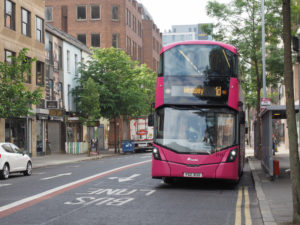
Real-time route performance
“We’re tracking all of our services and so that enables us then to pull daily, weekly and monthly reports to see exactly how well we are performing against punctuality and reliability targets,” adds Woods. “It also helps our drivers because if there’s an issue with a service our customers are well informed and able to relay this information to our passengers.”
And as an operations manager the technology has made Woods’ job easier.
“It enables me to better monitor and manage,” he says. “I always want to know firstly, the overall performance of my services and how each individual service is performing? And that enables me to be informed to see which services aren’t doing so well and what I need to do about it. The more information I have to hand to make qualified decisions the more it makes my job easier.”
Translink’s next challenge is to roll out additional real-time information to support managers like Woods. This includes better informed data around Metro service performance as well as service performance across the Ulsterbus network–which serves towns and villages–, increasing the use of analytics, rolling out 1,000 real-time on street display units for the network as well as for its Goldliner coach service.
Wilks from Vix adds that the relationship is very much a two-way street partnership.
“It’s not us directing them,” he says. “They’ve helped us drive our product forward through their knowledge of what they need. These are the people who are at the front line.”
Woods says that the more up to date information he can give to passengers, the more confidence they then have in Translink’s services.
“Keeping our passengers fully up to date and fully informed helps,” he says. “We may not get it right all the time but information and relevant information at the right time is key.”
Image: Philippehalle | Dreamstime.com






